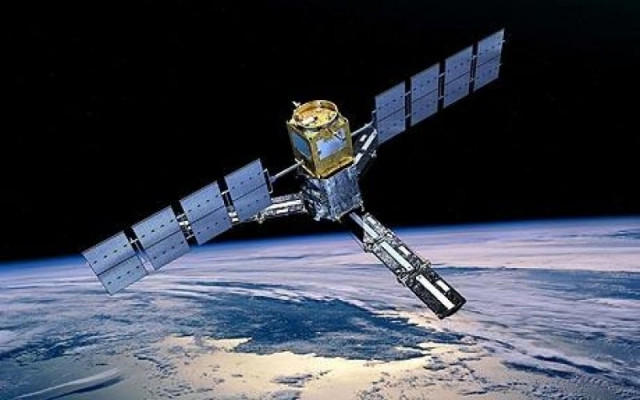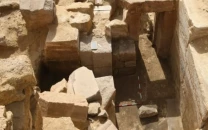UK's oldest satellite surprises experts with unexpected orbit
Skynet-1A, launched in 1969, was expected to drift harmlessly but has defied expectations, raising space concerns.

The UK’s oldest military satellite, Skynet-1A, which was launched in 1969, has made an unexpected movement perplexing space experts.
Once a crucial component of Britain’s telecommunications network, the satellite, which was expected to follow a predictable trajectory into a quiet graveyard orbit, has instead found itself in a location far from where it was expected to be.
Originally placed in geostationary orbit over eastern Africa to support British military communications, Skynet-1A was meant to gradually drift eastward toward the Indian Ocean once its mission had ended.
But in the late 1970s, something unexpected occurred. Instead of following the anticipated passive path, Skynet-1A was moved deliberately to a new orbit over the Americas, where it remains to this day, approximately 36,000 kilometres above Earth.
Experts believe that someone likely used the satellite's thrusters to change its position. However, the question remains: Who moved it and why?
A satellite lost in time
Skynet-1A was built by the US aerospace company Philco Ford and launched aboard a US Air Force Delta rocket. Initially under US control, it was later handed over to the UK's Royal Air Force (RAF) to support military communications. The satellite’s original purpose was groundbreaking for its time, facilitating secure communications with remote parts of the British Empire, such as Singapore.
Yet, as its mission ended, Skynet-1A should have been moved to an orbital graveyard — an area in space where old satellites can safely remain without the risk of colliding with active ones. But instead, it was left in an orbit that brings it into close proximity with operational satellites.
Why does it matter now?
The current location of Skynet-1A, sitting at a longitude of 105 degrees west, puts it in what is known as a "gravity well," where it moves erratically, like a marble at the bottom of a bowl. This peculiar behaviour brings it into contact with other satellite traffic, raising serious concerns about the growing problem of space debris. As space becomes increasingly congested, the potential for a collision is real.
Dr Stuart Eves, a space consultant, commented on the satellite's current situation: “It’s still relevant because whoever did move Skynet-1A did us few favours. It’s now in a position that’s regularly close to other satellites, and the risk of collision is higher.”
Despite extensive efforts, experts like Dr. Eves have been unable to uncover any conclusive information about the satellite’s final days. Documentation suggests that in the late 1970s, operational control of the satellite was handed back to the United States, but there is no clear explanation as to why it was moved in the first place.
The role of the UK Ministry of Defence
The UK Ministry of Defence continues to monitor Skynet-1A’s orbit closely, and satellite operators are alerted to potential close encounters. While this satellite is no longer active, its positioning in orbit remains a significant concern, particularly as it poses a risk to active satellites and contributes to the growing issue of space debris.
As space technology advances and more satellites are launched into orbit, the need for active debris removal becomes critical. Experts are now calling for urgent action to move Skynet-1A to a safer orbit to mitigate the risks of collisions. If left unchecked, the satellite could become a ticking time bomb in an already congested space environment.



















COMMENTS
Comments are moderated and generally will be posted if they are on-topic and not abusive.
For more information, please see our Comments FAQ